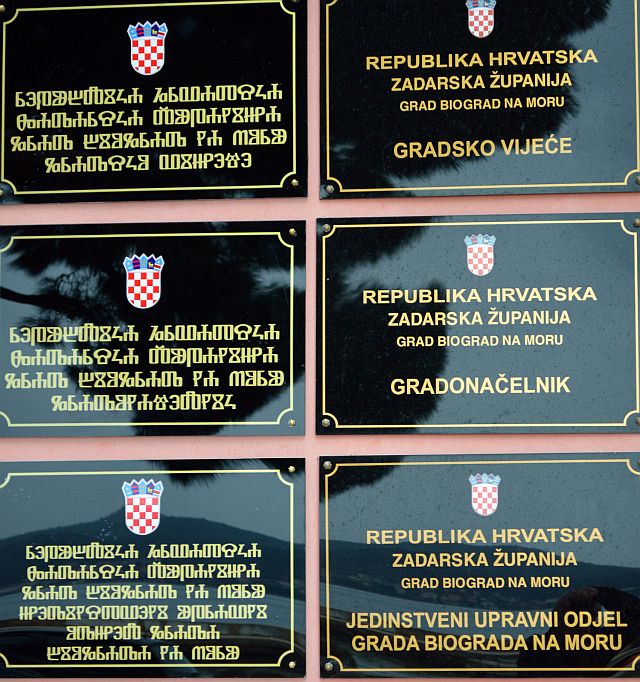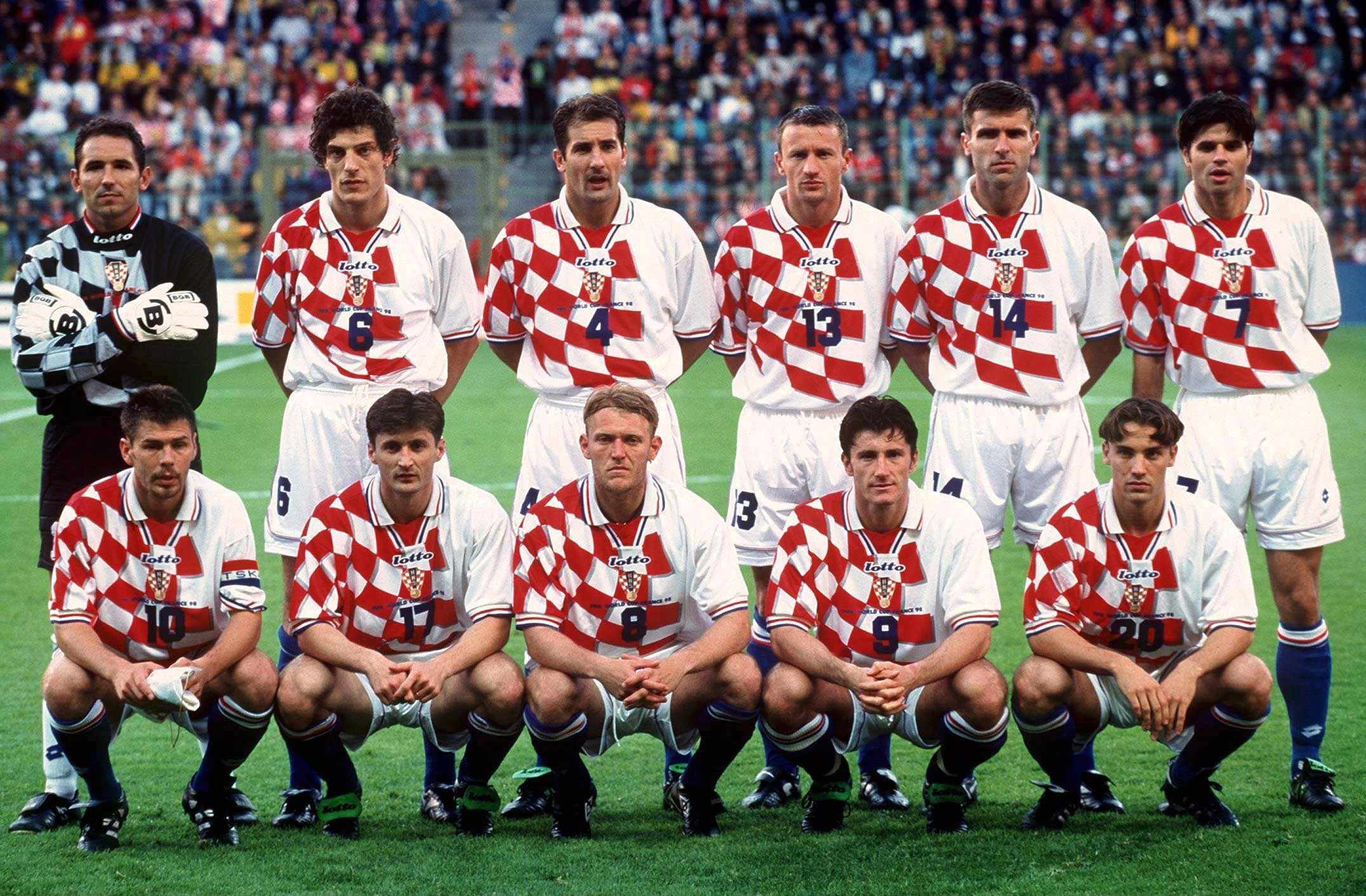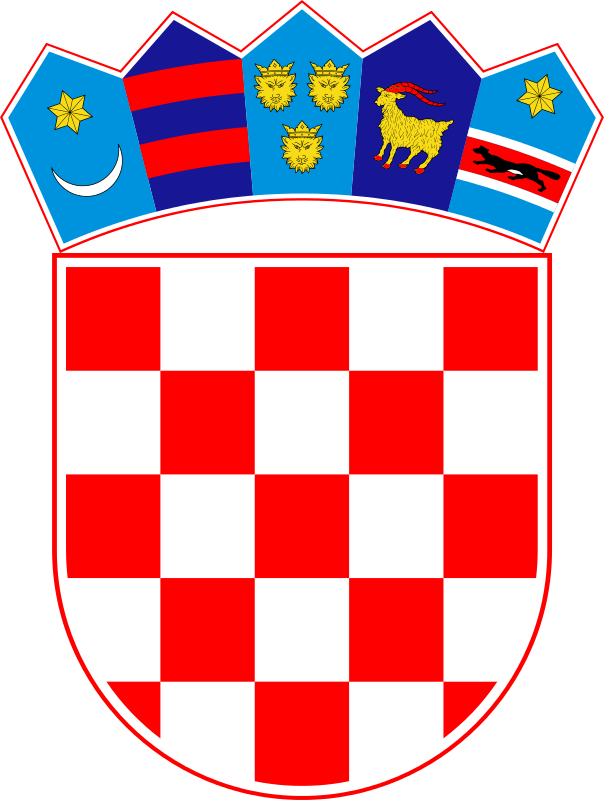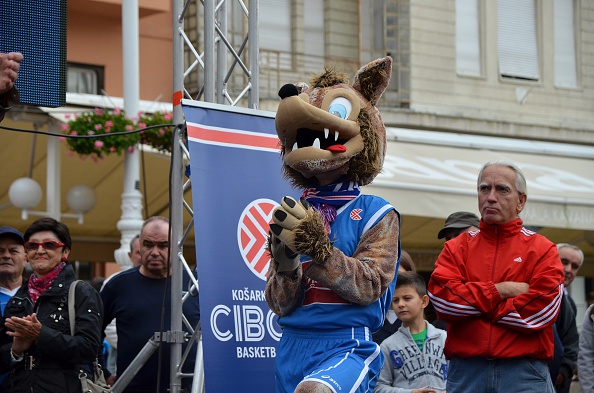Not many countries in the world emerged as a merger of two eponymous countries from the Early Middle Ages, but Croatia did. At least we were told so: there were Pannonian Croatia (of Sava Croatia), and Maritime Croatia. Two types of Croats, accordingly.

– Jedini u Hrvatskoj, dvojeziène table na latinici i glagoljici

One of them from the flatfields, and the other inclined to live under the hot hot sun, growing olives and sailing around. Sometimes they say the local football and basketball derbies Dinamo (ex-Građanski)-Hajduk and Cibona-Split (oh, the former had just one other name, not-so-successful Lokomotiva while latter managed to win everything under the name Jugoplastika, but we remember it under names like Pop84, Croatia Osiguranje or Slobodna Dalmacija, according to the current sponsor) epitomises the differences between the Zagrebians and the Dalmatians. Nevertheless, Croatia has a strong sense of national unity and a strong collective national feeling.

It might be said that the Croatian self-awareness rose up from the basic differences and contrasts with the neighbouring nations: Bosniaks were Muslims, sharing pretty much the same language, while Serbs and Montenegrins were predominantly Orthodox, and it marked Croatian spirit with the strong bond with Catholicism. In case of dominant empires which were Catholic, like Italy (Venice), Hungary and Austria, the sharp difference was being Slavic and having their own language. With the Slovenians? Well, a long story, but like in all Scandinavia, the Slavic world and in the Romance South between Spaniards and Portuguese, or Castillian and Catalan, it is always a narcissism of small differences leeading to quarrels, while in the tough times, peoples team up to build something greater.

As in the case of the Croatian culture and its landscape in general, we have few different types of people, and as is it the case of all sharply segmented people by mentalities, it is used to a comic effect. Maybe the best example is a magnificent localisation of Sponge Bob Squarepants: the main character is a benevolent “Purger” or Zagrebian, a person who wants authority and order, and is so good-natured and naive he doesn’t even see how much he endures. Patrick is a person from the Zagorje outback, combining Kajkavian accent and literary speech, with his humorous lightheartedness and naivety that conquers. The Zagorec are one of the commonest types used in Croatian humour, conservative and naive, and a bit lightheartedly cunning, like the Welsh in the UK. And there is a Squirrel Sandy, originally a Texan, and here a Dalmatian, once again a Southerner with cheerful and choleric mentality. The funniest characters are once again coming from the Dalmatian outback, like Plancton and his computer wife, prone to verbal outbursts and loud direct talking and self-mocking humour. This “Triune” mentality (Pannonian/Habsburg, Dalmatian/Mediterranian and Dinaric/Highlander) has in fact deep roots in the historical divisions of Croatia, at the time when it was called (prior to 1918), Triune Kingdom of Croatia, Slavonia and Dalmatia. When you add some “new territories” acquired after 1945, like Rijeka and Istria, which are the most cosmopolitan, you get a mixture perfect both for humour and literature, travelling and gastronomy.
Croatians are very proud of their (almost) unique coat-of-arms, famous “šahovnica”, or chequerd. I said, “almost”, becaus it is not really unique, there are few examples of using it, but by far the use by Kingdom of Croatia and later Unified Croatia was the most prominent. Croatian football T-shirts were declared the best looking in the world, and the pattern with 5 red and white squares is perfectly suitable for the design of so many things. It is geometrically perfect and visually striking. The fact that the Croatian flag looks like the Dutch one is a bit coincidental, and a bit deliberate, since it was modelled upon Russian and French flags, with purely Croatian colours: red and white from the arms of Kingdom of Croatia, and the blue and white from the arms of the Kingdom of Slavonia, while light blue also came from the Dalmatian arms.
The Croatian spirit is both Balkanic and Mitteleuropean, both Mediterranean and Frontier. Like the Poles, they were exposed to the outer border of the Empire, hence the Military Krajina, soldiers’ mentality and freedom fighting. And yet, when you walk down the peaceful, European streets of Zagreb, you can easily understand that Orson Welles could use Zagreb as a stage for his “Trial” by Franz Kafka, thus replacing the original Prague. They have pretty much the same air and mentality.
And lazyness of the Dalmatian coast under the fierce Sun of the South, combined with the fast-paced charming speech of Dalmatians and they emotional accentuation, is yet another addition to the nice mixture of the elements that are not that frequently found in many nations and cultures. Adding the minorities like Orthodox Serbs, coastal Italians and Pannonian mixture of Hungarians, Czechs, Ukraininans, Rusyns, Slovaks and the remained Germans, it all shaped the culture and spirit of Croatia. Almost a millennium together with Hungary and Austria, few centuries in Turkey and Venice and almost a century with the South Slavs in different common states brought many features from Vienna and Constantinople, Budapest and Belgrade, Venice and Prague to the mentality of Croatians, which are now living in one of the most vibrant places to be in Europe, the Old Lady which sometimes lack livelihood and life. And it certainly doesn’t lack in Croatia.